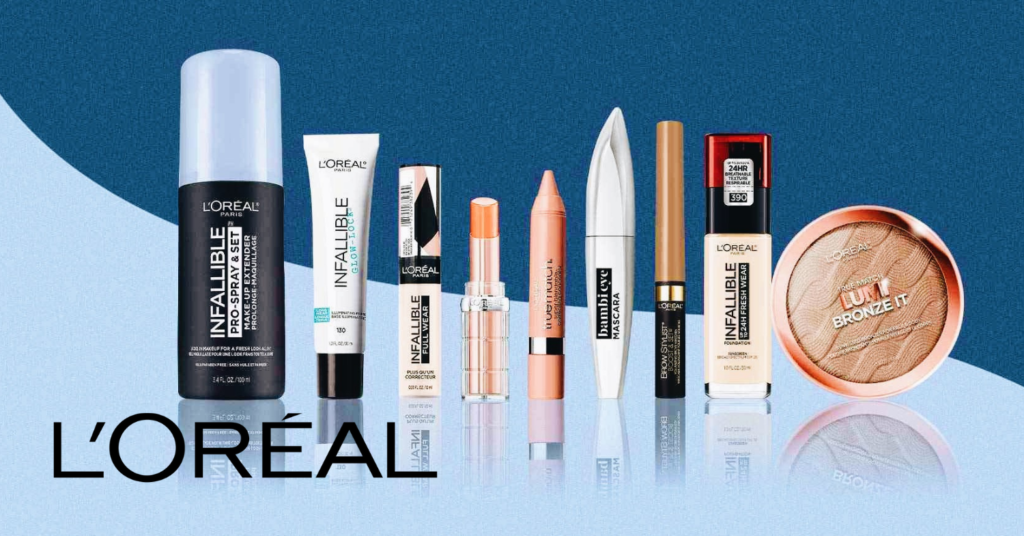Is L’Oréal sustainable? The multinational beauty giant is taking steps to ensure the answer to that question is yes. Over the next few years, it intends to gradually eliminate petroleum derivatives from its formulas. By 2030, it’s aiming for 95 percent of its ingredient list to be renewable.
Why renewable ingredients?
The world’s largest cosmetics company has pledged that by 2030, all but 5 percent of its ingredients will be bio-based, “derived from abundant minerals or from circular processes.” (It maintains that reaching 100 percent is not currently possible, as some products require oil-derived ingredients to be considered high-performance.)
According to the nonprofit activist organization The Environmental Working Group (EWG), petroleum jelly (also known as petrolatum) is present in one in 14 cosmetic products. It’s derived from crude oil, a non-renewable resource.
Just like every other industry, it’s vital that the beauty industry pivots to more sustainable, renewable ingredients. Oil is a finite resource, and it can also cause significant amounts of harm to the ocean and its ecosystems.
Seaweed, which L’Oréal already uses, is one example of a sustainable, renewable beauty ingredient that isn’t toxic to the environment.
It has multiple cosmetic benefits, including moisture retention and anti-inflammatory properties (which is why L’Oréal includes it in its Pure-Clay Clear & Comfort Face Mask), but it can also be farmed sustainably. (On top of this, seaweed may even help us to fight the climate crisis, as it helps to absorb and trap carbon dioxide.)

Is L’Oréal sustainable?
At the moment, a lot of L’Oreal’s practices are not sustainable. While it is in the process of making changes, right now, just over 40 percent of its raw materials are not renewable, for example.
The company is also partly-owned by Nestlé, which holds a 23.29 percent stake. The Swiss multinational food and drink corporation has been linked to a multitude of environmental problems, including deforestation and high greenhouse gas emissions. (According to S&P Global, Nestlé’s environmental impact ratio is climbing, not declining.)
The brand is also not certified cruelty-free, as it allows for its products to be tested on animals when required by law. Historically, this has been the case in China. (However, a new ruling could change things. From May 1, animal testing will not be required on most imported cosmetics.)
Another issue is waste: plastic represents nearly 60 percent of its packaging materials. But the company is working to change its ways. By 2025, L’Oreal has promised that 100 percent of its plastic packaging will be either refillable, reusable, recyclable, or compostable. It has also vowed that by 2030, all plastic packaging will be made from recycled or bio-based sources.
The tide could be turning at L’Oreal. Nicolas Hieronimus, L’Oréal Deputy Chief Executive Officer, in charge of Divisions said in a statement: “Our ambition is that by 2030 we will be able to offer women and men around the world increasingly effective, safe cosmetics that respect the environment.”


